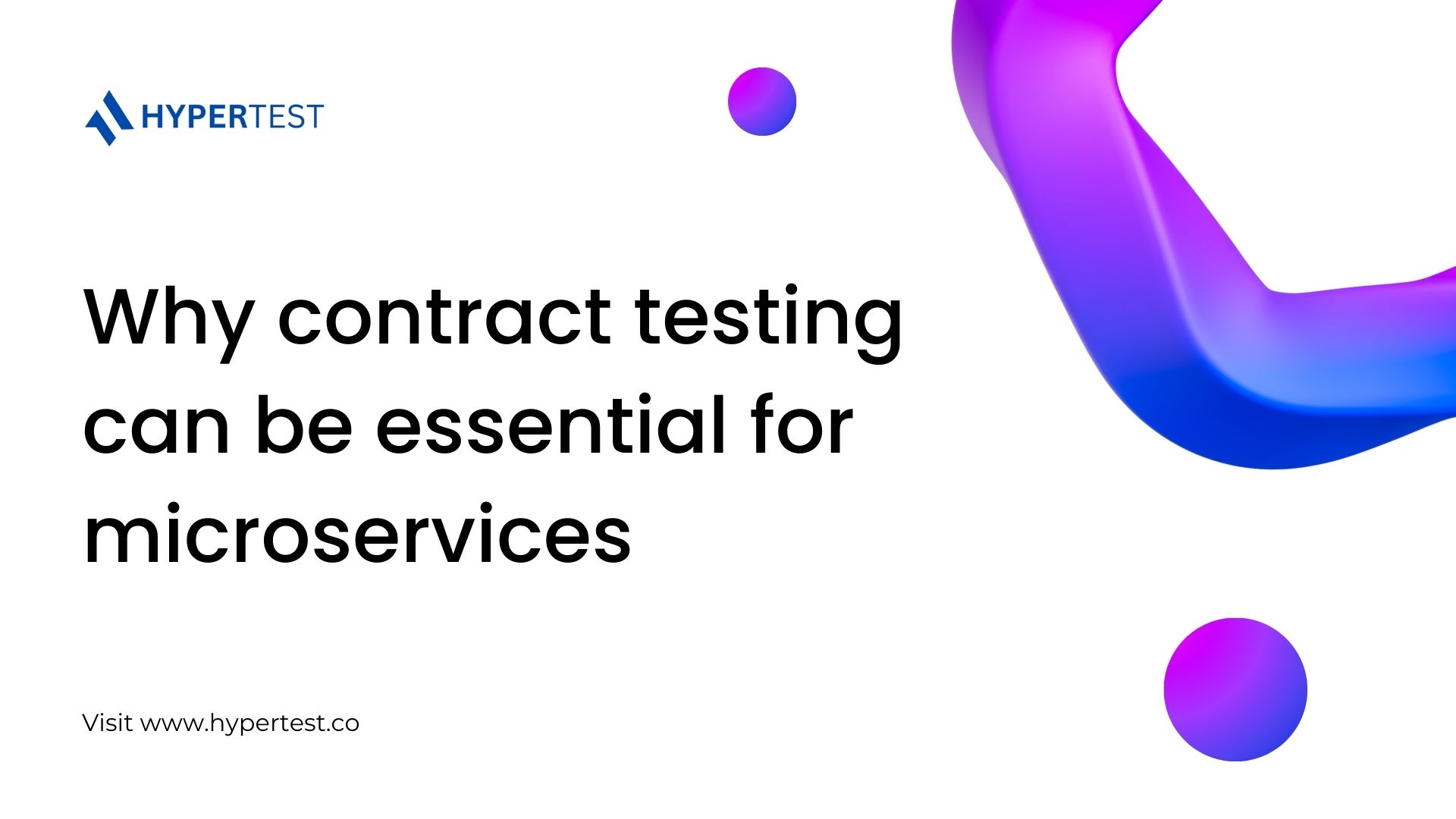
Common API Testing Mistakes & How To Avoid Them
Common API Testing Mistakes & How To Avoid Them
Understanding API and API Testing
An Application Programming Interface (API) serves as a bridge between different software systems, allowing them to communicate and share data seamlessly. It defines a set of rules and protocols that enable one software component to interact with another, facilitating the integration of diverse applications. API testing is the process of validating the functionality, performance, security, and reliability of these interfaces to ensure that they meet the expected requirements.
Methods of API Testing
API testing involves various methods to assess different aspects of an API’s functionality. Some common methods include:
- Unit Testing: Focusing on individual functions or methods within the API, unit testing verifies that each component works as intended.
- Functional Testing: This method evaluates the overall functionality of the API, ensuring that it performs the expected operations and produces the correct results.
- Load Testing: Assessing the API’s performance under varying levels of load helps identify potential bottlenecks and ensures it can handle the expected user load.
- Security Testing: Verifying the API’s security measures is crucial to protect against potential vulnerabilities and unauthorized access.
- Interoperability Testing: Ensuring that the API can seamlessly interact with other software components and systems is vital for its successful integration into different environments.
Common API Testing Mistakes
Some of the most prevalent API testing mistakes include:
- Incomplete Test Coverage: Failing to cover all aspects of the API’s functionality can result in overlooked issues. Comprehensive test coverage is essential to identify and address potential issues in all scenarios.
- Neglecting Negative Testing: Some testers focus solely on positive scenarios, neglecting negative testing where the API is deliberately subjected to invalid inputs or unexpected conditions. Negative testing is crucial for identifying vulnerabilities and improving the API’s resilience.
- Insufficient Documentation: Inadequate documentation can lead to confusion and misunderstandings among testing teams. Clear and comprehensive documentation is essential for creating effective test cases and ensuring a thorough testing process.
- Static Testing Only: Relying solely on static testing without executing the API in a real-world environment can lead to the oversight of dynamic issues. It is crucial to perform both static and dynamic testing to uncover a broader range of issues.
- Ignoring Performance Testing: Neglecting performance testing can result in an API that fails to meet performance expectations under real-world conditions. Load testing and stress testing are vital to identify and address performance-related issues.
- Overlooking Security Testing: Security is a critical aspect of API testing. Ignoring security testing can expose the API to vulnerabilities, potentially leading to unauthorized access or data breaches.
- Limited Test Data: Testing with a limited dataset may not reveal the full range of scenarios that the API may encounter in production. Adequate test data that covers a variety of use cases is essential for comprehensive testing.
- Inconsistent Testing Environments: Conducting tests in different environments may lead to inconsistent results. Ensuring a consistent testing environment helps identify issues that may arise due to environmental factors.
- Poor Error Handling Testing: Inadequate testing of error-handling mechanisms can result in the API providing vague or misleading error messages. Thorough testing of error scenarios is essential for a robust API.
- Ignoring Version Compatibility: As APIs evolve, ensuring compatibility with different versions is crucial. Ignoring version compatibility testing can lead to issues when users upgrade to newer API versions.
- Inadequate Performance Monitoring: Lack of performance monitoring during testing may result in overlooking performance issues that only become apparent under prolonged usage. Continuous performance monitoring helps identify and address such issues proactively.
- Limited Automation: Relying solely on manual testing can be time-consuming and prone to human errors. Automation of repetitive and critical test cases can enhance the efficiency and accuracy of API testing.
HyperTest: Redefining API Testing Excellence
HyperTest is a powerful solution in the world of API testing strategy tools. HyperTest monitors network traffic 24/7 and uses this information to auto-generate integration tests. This intelligent approach adapts to changes in the application, ensuring comprehensive test coverage. HyperTest stands out as a prominent player in the field of API testing, offering unique features that address common API testing mistakes.
- Advanced Automation: HyperTest’s automation capabilities streamline the testing process, reducing the likelihood of human errors and ensuring the execution of repetitive test cases. Automation also facilitates the rapid execution of test scenarios, allowing for more thorough and efficient testing.
- Detailed Documentation Support: HyperTest places a strong emphasis on documentation, providing tools and features that enable teams to create and maintain comprehensive documentation. This ensures that testing teams have clear guidelines for test case creation and execution, reducing the risk of misunderstandings and oversights.
- Performance Testing Excellence: HyperTest’s performance testing features enable thorough evaluation of an API’s performance under various conditions. By simulating real-world scenarios, HyperTest helps identify performance bottlenecks and ensures that the API meets the expected performance standards.
- Versatile Test Data Management: HyperTest supports the management of diverse and extensive test datasets, allowing for testing in a variety of scenarios. This addresses the common mistake of limited test data and ensures that the API is thoroughly tested in different use cases.
- Consistent Testing Environments: HyperTest provides tools for managing consistent testing environments, minimizing the impact of environmental factors on test results. This ensures that testing teams can rely on consistent outcomes, leading to more accurate and reliable testing.
- Error Handling Validation: HyperTest includes features for thorough testing of error-handling mechanisms, ensuring that the API provides clear and accurate error messages in various scenarios. This addresses the common mistake of poor error handling testing.
Conclusion
API testing mistakes can significantly impact the reliability and effectiveness of software systems. Recognizing and addressing these mistakes is crucial for delivering high-quality APIs. HyperTest’s unique features contribute to the reduction of common API testing mistakes.
For more, visit HyperTest.


